“The more the Faust myth changes, the more it endures,” writes Peter Werres in his introduction to Lives of Faust. “It is our myth, and we must go on confronting it.” Since first appearing in a chapbook in the late 1500s, the story of a man who sells his soul to the devil in exchange for that which he most desires has gone through a near-continuous cycle of reiterations, standing in for our greatest aspirations and our deepest anxieties, and being used as a yardstick to measure the morally ambiguous legacies of others.
The story was especially popular in the 19th century, following the publication of Goethe’s Faust, Part I (1808) and Part II (1831). Adaptations of these works proliferated—especially in the musical sphere, which saw everything from standalone lieder settings to full-scale grand operas. It makes for fascinating listening. And, as it turns out, the connections, criticisms, and cross-pollinations between the composers who wrote them make for an equally rich history.
Charles Gounod: “Mais ce Dieu, que peut-il pour moi?” from “Faust” (1859)
The Parisian-born Gounod took the Prix de Rome in 1839, a win that came with two years of study in the Eternal City. Initially, the experience was a disappointment to the 21-year-old composer, who recalled in his memoirs “the melancholy aroused by my first taste of solitude.” One method he used to mollify this dissatisfaction: reading the French translation of Goethe’s Faust.
Distilled to his best-known surviving works (“Faust” and “Ave Maria”), Gounod is a blend of the erotic and the ecumenical. Fanny Mendelssohn, who met the composer while traveling through Rome for her wedding, remarked that the composer was “hyper-romantic and passionate” and likely to be swayed by the German musical style, which had “descended upon him like a bombshell.” The composer’s own prose writings echo a sensual sensibility and reverence for nature. During his first summer in Italy, he spent a sleepless summer on the island of Capri, under the spell of the “eloquent silence of those phosphorescent nights.” This is where the idea for his own “Faust” was first born, an idée fixe that would ultimately come to bear 20 years later. That heady, humid sense of foreboding and capital-R Romantic wonder that Gounod described from his midnight Mediterranean rambles clings to the score, particularly in the first act which presents the title character on the precipice of transformation.
Yet even the greatest transformation is not set in stone. Gounod’s legacy as a composer has been questioned and scrutinized—a debate that began in his own lifetime (his own student, Camille Saint-Saëns, would sing Marguerite to Emmanuel Chabrier’s Mephistopheles in a parody of the church scene). By the time of Gounod’s death in 1893, as Steven Huebner writes, “what gave the appearance of ‘depth’ in the Second Empire no longer did by the 1890s.” It’s tempting to imagine the old composer living out the opening scene to his opera, the aged philosopher bemoaning a life of nothingness. In reality, however, the parallels aren’t so neat of a fit. Gounod may have been out of touch with the zeitgeist when he died, but he also believed that his mode of music-as-pleasure would prevail into the 20th century. Unwittingly he became an object lesson for one of the takeaways of Faust: Ignorance is bliss.
Richard Wagner: “Faust Overture” (1855)
By some accounts, Richard Wagner refused to see Gounod’s “Faust” despite living in Paris at the time of its premiere. “An artist of amiable appearance and honest aspirations,” he remarked after meeting Gounod, “but not, I think, very talented.” (The feeling, it seems, was mutual: Upon Wagner’s death, Gounod told The New York Times: “His music has become the umbrella—the torn umbrella—under which the knights of la haute blague seek shelter from the storm of general dissatisfaction.”)
One wonders whether Gounod may have encountered Wagner’s “Faust Overture,” which was initially developed as a symphony between 1839 and 1844, abandoned, and later revised the score to a standalone overture in 1855: An opening sequence of four notes sounds remarkably like what Gounod would later use for his opera’s love scene.
If so, it’s a fitting irony. But the perpetually-suicidal Wagner seemed less interested in the love story central to Part I of Faust. In a January 1855 letter to Liszt, he instead quotes Faust’s early confession to Mephistopheles as his “motto” for the overture:
The god that dwells within my breast
can deeply stir my inmost being;
the one that governs all my faculties
cannot realize its purposes;
and so for me existence is a burden,
death to be welcomed, and this life detested.
Wagner’s virtuosic narcissism would leave him seeing himself as the avatar for the philosopher. But it’s a metaphor that fits the composer’s life and legacy like a bespoke Hugo Boss uniform: “Faustian men are in usually abusive denial about their being violent agents of a destructive Mephistophelean paradigm bent on destroying the saving grace of love,” writes Peter Werres in Lives of Faust.
Franz Liszt: “Eine Faust-Symphonie in drei Charakterbildern” (1857)
Liszt’s preoccupation with Faustian legend is undeniable—despite his own denial thereof. “Faust’s personality scatters and dissipates itself; he takes no action, lets himself be driven, hesitates, experiments, loses his way, considers, bargains, and is only interested in his own little happiness,” he wrote in 1869, accusing the character of being too bourgeois.
Given Liszt’s own biography, this criticism seems best delivered in a mirror, in line with the sort of schizophrenic and Slavic Faustian renderings of the early 20th century that placed the roles of Faust and Mephistopheles in one divided character.
But Liszt’s “Faust Symphony” is, musically speaking, undeniably Romantic. That he subtitled this symphony a work in “three character portraits” suggests his interest more in the three main characters of Faust, Gretchen, and Mephistopheles than in the plots that embroil them—a 19th-century prototype of the meme “No thoughts, just vibes.” But, being Liszt, they’re compelling vibes, which bind the characters together in endless themes and variations. Here, the composer ties the influences of Meyerbeer’s own Faustian “Robert le Diable” and comparatively chaste though no less ecumenical “Les Huguenots” together with his own propensity towards chromaticism, with some moments presaging his future son-in-law’s “Tristan” chord as well as more explicit themes borrowed for “Parsifal” and “Die Walküre.”
Hector Berlioz: “Voici les roses… Songe de Faust” from “La damnation de Faust” (1846)
Liszt was introduced to Goethe’s Faust by the dedicatee of his “Faust Symphony,” Hector Berlioz. Together with Shakespeare, Berlioz regarded Goethe as “the mute confidantes of my woes, the interpreters of my life.” He followed this statement, written in an 1828 letter while in the French Alps, with an explanation that seems straight out of Faust’s blameless excuses at the end of Part I: “Nobody here understands the rage of genius. The sun blinds them to it, and makes them regard it as eccentricity.”
If you regard a lack of self-fulfillment as the central focus of Faust’s conflict and misery, Berlioz is your man. The normally-generous Verdi described his colleague as “a poor, sick fellow, full of fury against the world at large, bitter and spiteful.” In “Damnation,” Mephistopheles’s hedonistic “Voici les roses” leads into a sybaritic dreamscape that culminates in the devil’s conquest: “Your charms have worked,” he sings to his spirits, “he is ours.” Both Berlioz’s biography and his interpretation of Faust serve as cautionary tales against chasing the dragon of 100 percent happiness without settling for anything less.
Ludwig van Beethoven: “Es war einmal ein König” (1809)
Liszt’s wariness of Faust as too “bourgeois” a figure might have found a spiritual twin in Beethoven’s disillusionment with Goethe himself. This hadn’t been the case in 1810, when Beethoven composed incidental music to Goethe’s dramatic work Egmont or the previous year, when he set Mephistopheles’s “Song of the Flea” from Part I of Faust.
“I would have gone to death, yes, ten times to death for Goethe,” the composer recalled of this period of hero-worship. Yet, when the pair met in 1812, the generational divide between the courtly Goethe and radical Beethoven became all too apparent. “He unfortunately has an utterly untamed personality, not completely wrong in thinking the world detestable, but hardly making it more pleasant for himself or others by his attitude,” Goethe wrote to his wife, echoing Verdi’s assessment of Berlioz.
Beethoven, meanwhile, told his publishers: “Goethe delights in the court atmosphere far more than is becoming to a poet. Is there any point in talking about absurdities of virtuosos, when poets, who should be regarded as the nation’s first teachers, forget everything for the sake of this glitter?”
Much like The Dress or The Bad Art Friend, whether you consider Beethoven or Goethe himself to be the Faust in this scenario due to an excess of narcissism and lack of self-awareness says more about you than it does about either of the two figures.
Articles like this, straight to your inbox
Sign up for the VAN newsletter to get the latest delivered straight to your inbox, plus favorites from our archive of 500+ interviews, playlists, essays, reports, and more.
Modest Mussorgsky: “Pesnja o bloche” (1879)
Goethe’s “Song of the Flea” lent itself well to musical interpretation thanks to Goethe’s verse and the diegetic nature of this section. But where Beethoven’s setting is blithely ironic, Mussorgksy’s is malicious and sardonic. Where Beethoven was arguably a Faust, Mussorgky seemed to have given into the nihilism of Mephistopheles: “The devil take them—these financiers, these unenigmatic sphinxes of the nineteenth century. This is what Russia, beloved by me, sinner that I am, has stumbled against,” he wrote to Mikhail Glinka’s sister in 1875, echoing the anti-establishment disdain found in Mephistopheles’s drinking song.
Franz Schubert: “Gretchen am Spinnrade” (1814)
One way that many of the composers in this playlist connect is their ability to rebuke and renounce one another, often out of a sense of how music should be. Gounod’s excoriation of Wagner and la haute blague also prosthelytized that “the object of music is to give happiness and not to engender woe and increase sorrow and anguish.” While not a composer, Goethe falls victim to this in Beethoven’s spiritual break with the poet. In turn, Beethoven’s music would be denounced by a 19-year-old Schubert as “goad[ing] people to madness instead of dissolving them in love, to incite them to laughter instead of lifting them up to God.”
It was around this same time that Schubert was going through his own brief phase of Goethe-worship, setting over 50 of Goethe’s texts in five years, including several based on Faust. The standout of these lieder is Schubert’s interpretation of Gretchen’s monologue after she is abandoned by Faust while pregnant with his child. With growing freneticism, the singer cascades through verse after verse of obsession, torment, and desire. The only possible conclusion is death.
Schubert would come around to Beethoven a few years after his firebrand criticism. But this episode is part of a self-perpetuating historical möbius strip that, like Gretchen’s spinning wheel, churns out iteration after iteration. It echoes another key lesson of Faust: Things may never leave us whole, but they will invariably come full circle.
Robert Schumann: “Szenen aus Goethes Faust” (1853)
In his introduction to The Letters of Robert Schumann, Karl Storck writes of the composer: “He also was Faust, but only Faust the seeker and idealist, consumed by his own desire; not Faust the man of action, to whom alone true happiness is revealed.”
Liszt would likely disagree with the characterization of Faust as a man of action. I would disagree that Faust ever experienced true happiness. In Part II of Goethe’s tragedy, the philosopher is surrounded by natural beauty, the sort of landscape that would have inspired Gounod to fill notebooks of purplish prose, but is unable to feel anything but sorrow and pain: “Do love and hate envelop us in flame, savagely alternating pain and joy, so that we look once more towards earth and seek concealment in its first new lacery?”
Storck and other Schumann biographers, including his Grove entry authors John Daverio and Eric Sams, suggest that striving may lead to redemption. But Faust attests that striving only leads to a cycle of dissatisfaction and pleasure in which the latter never loses the afterglow of the former. After working on the piece for the better part of a decade, often at the expense of his own health, Schumann’s success with “Scenes from Goethe’s Faust” was slim. Less than a year after he completed the work, he would commit himself to an asylum as his mental health took a sharp turn towards deterioration.
Fanny Mendelssohn: “Scenes from Faust, Part II, Scene 1” (1843)
“Every morning I have a kiss from the author of Faust and Werther, and every afternoon two kisses from the father and friend Goethe,” Felix Mendelssohn wrote to his sister Fanny while in Weimar in 1821. The siblings were both obsessed with Goethe, whose two major works were, in Fanny’s words, “brilliant meteors.” Seven years later, Fanny would write to her close friend Karl Klingemann to tell him that “Remarkable things have happened in Germany. The second part of Faust, a direct continuation of the first, has appeared. Having only read it once and quickly, I cannot say anything about it… [It] concludes with the words ‘To be continued.’ I am convinced Goethe will continue Faust as long as he lives.”
Both Felix and Fanny would watch several adaptations of Faust come to life in their circle (their father met Berlioz in Paris during the premiere of “La damnation to Faust,” describing the composer as “a great deal more sensible than his music”). Felix himself would work with Goethe’s “The First Walpurgis Night.” Fanny, meanwhile, took to the first scene of Part II, omitting Faust’s dialogue and focusing on the setting for Ariel and other earthly spirits singing a glimmering ode to nature. In excising Faust from his own story, Fanny also positioned the spotlight on the eternal feminine, who sits at the heart of Goethe’s work and is the subject of its closing lines:
All that is transitory
is only a symbol;
what seems unachievable
here is seen done;
what’s indescribable
here becomes fact:
Woman, eternally,
shows us the way.
Gustav Mahler: Symphony No. 8 (1910)
Writing to his wife, Alma, in the summer of 1909, Gustav Mahler noted his own thoughts on striving and productivity: “In between the brief moments in life of the man of genius when these challenges are answered, there are the long barren stretches of existence which wring the soul with unanswerable longings.… What we leave behind us is only the husk, the shell. The ‘Meistersinger,’ the Ninth, Faust—all of them are only the discarded husk! No more, properly speaking, than our bodies are!”
Faust had been front-of-mind for Mahler for several years as he worked on his epic Eighth Symphony: A 1906 newspaper profile of him from Salzburg mentioned the “much-thumbed volume” of Goethe’s text protruding from his coat pocket. One of Alma Mahler’s 1905 journal entries mentioned “another fight” between her husband and a friend over the last line of Goethe’s text (“Anything less fruitful than this discussion would be hard to imagine,” she added).
The second half of the symphony took as its text the finale of Faust, Part II, which he paired in the score with the ninth-century chant, “Veni creator spiritus” (which Goethe himself had once translated). While Faust for many has been seen as a parable for the hubris-filled downfall of man, Mahler took solace in Goethe’s idea “that all love is generative, creative, and that there is a physical and spiritual generation which is the emanation of this ‘Eros.’” ¶
Subscribers keep VAN running!
VAN is proud to be an independent classical music magazine, and we’re able to do so in part thanks to our subscribers. For less than $0.11 a day, you can join our community of supporters, access over 500 articles in our archives, and get new ones delivered straight to your inbox each week.
(PS: Not ready to commit to a full year? You can test-drive VAN for a month for the price of a coffee.)

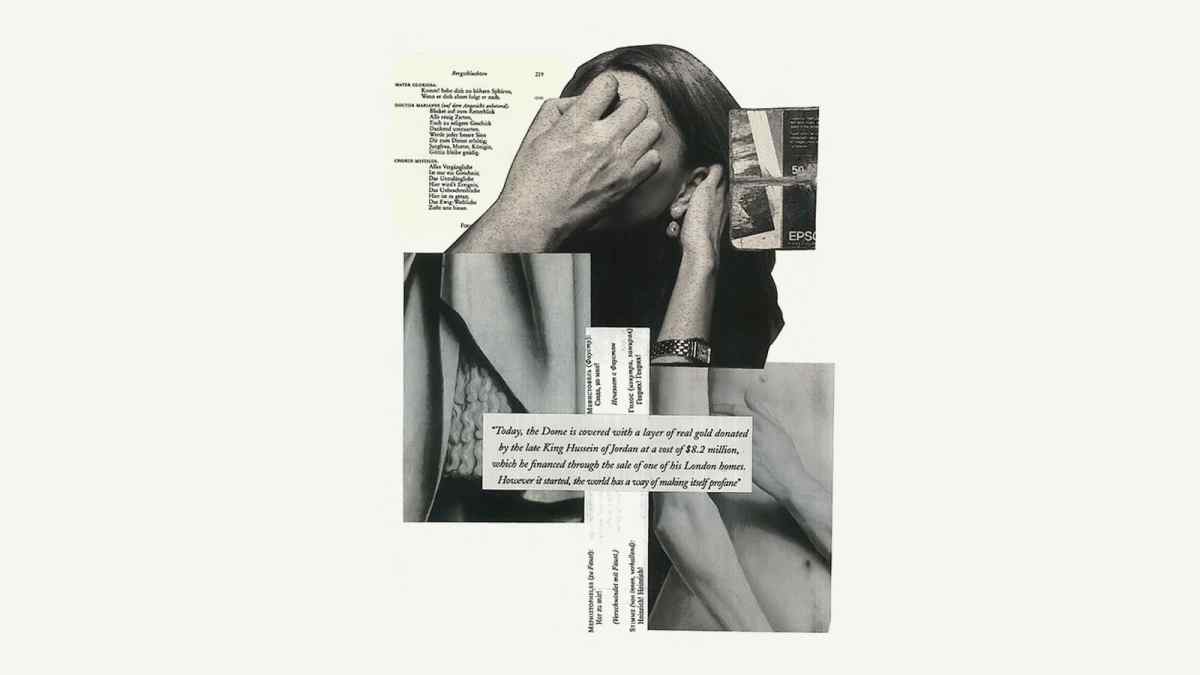
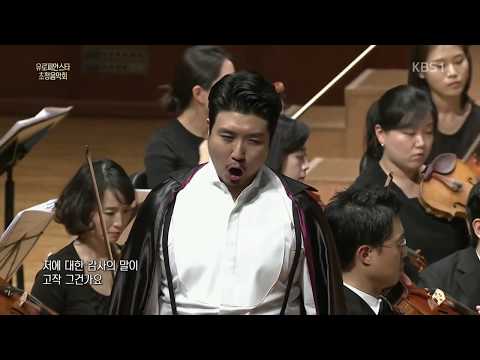
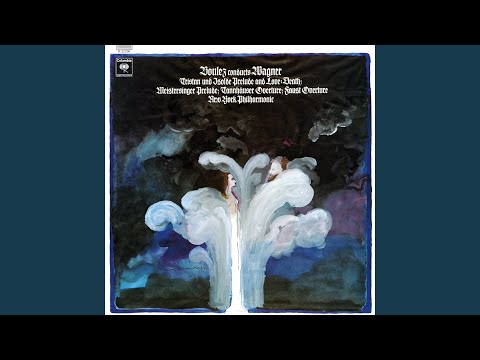

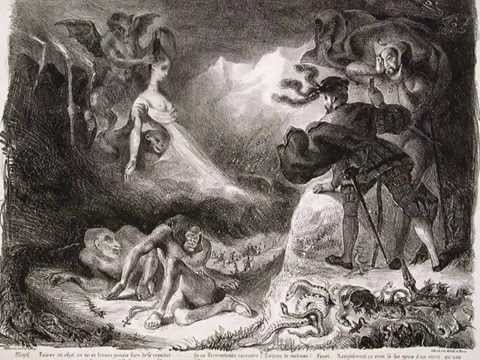

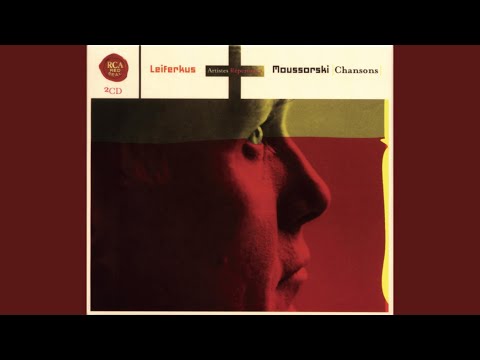
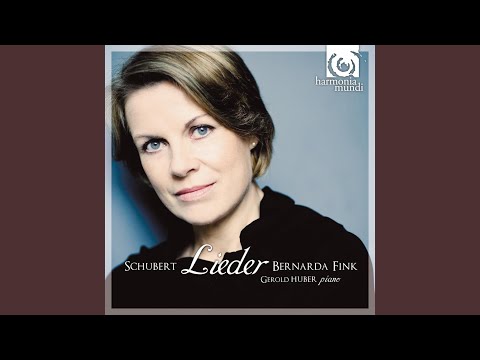
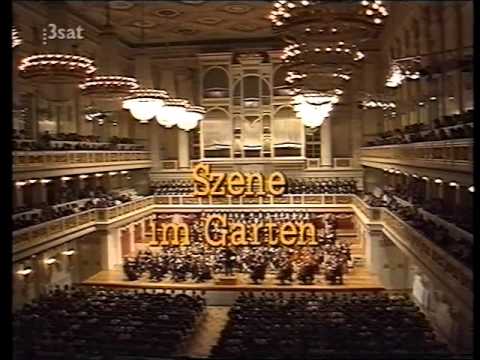
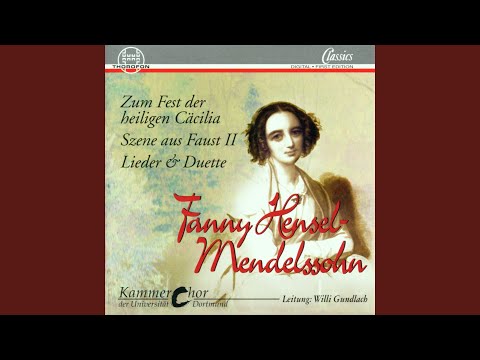
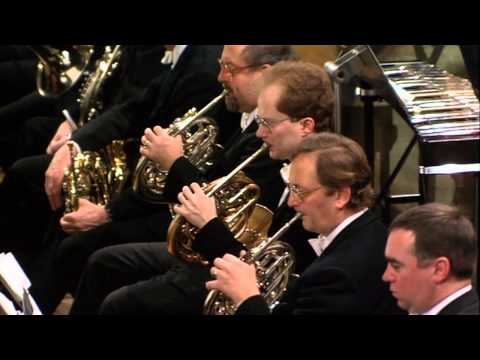
Comments are closed.